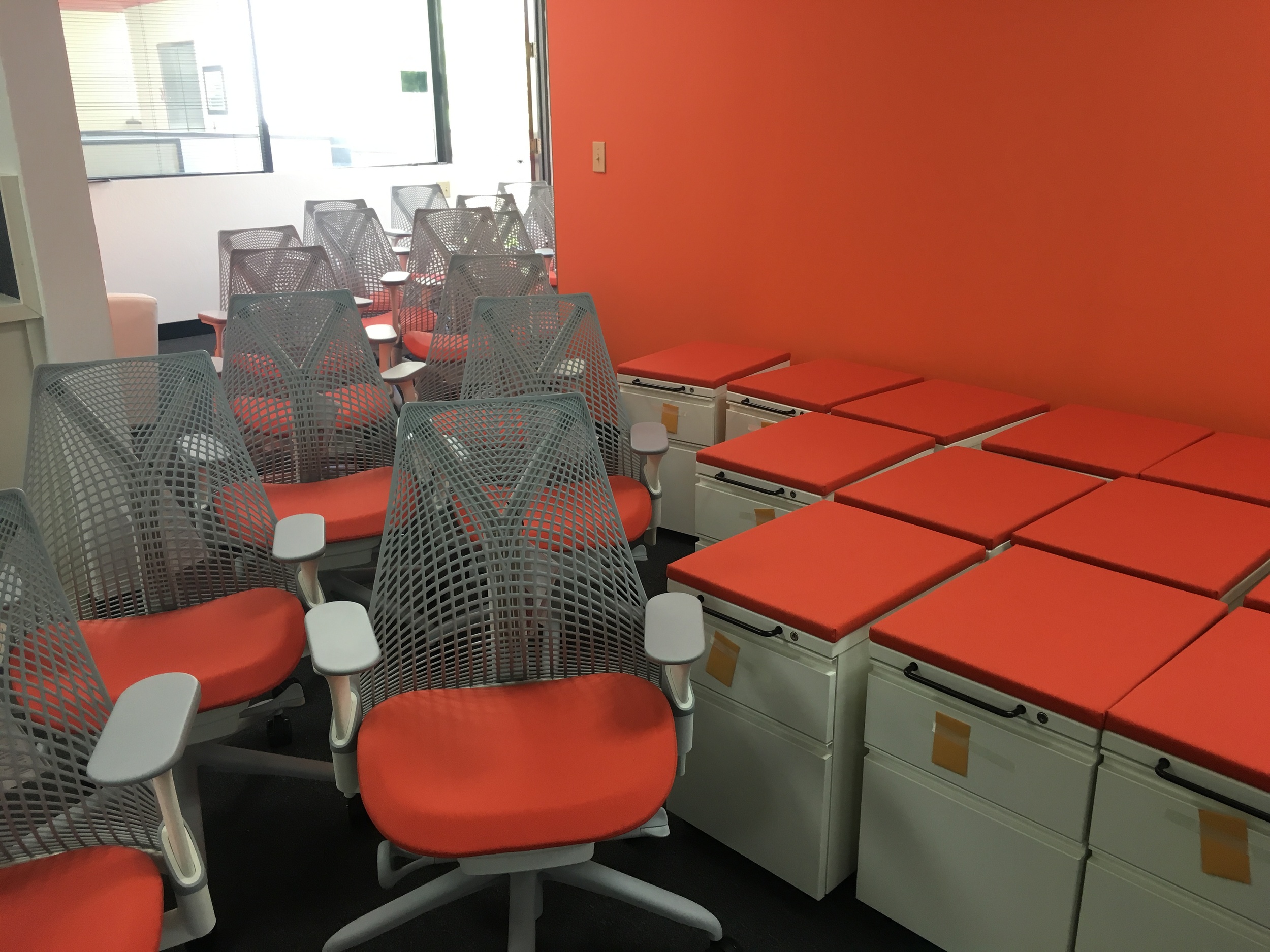Humans are touchy feely
Tactility is in our DNA. We can't resist touching a fuzzy sweater. We need to feel a door shut solid behind us to feel safe. We desire a plush chair to rest in. Simply put, we're very tactile beings. People expect the same sensations with digital experiences. Evolving design trends have been searching for this unexplainable delight, and material design is a step closer. Skeumorphic styles achieved tactility, but were incredibly tacky. Flat designs struck the world with their simplistic beauty, but they lacked feel.
As a trained Industrial Designer, I've been searching the perfect balance of beauty and physical feel in my digital designs. Enter Material Design. About a year and a half ago, I began creating analytics templates that leveraged flat cards or tiles with variable shading to emphasize a hierarchy of information. I didn't have a name for it, but it was working. Fast forward to today, and Google has completely redesigned their search product to leverage material design. The analytics industry should take notice.
My material design concept for the Numerify app
It clarifies importance of information
In dashboard design, we often have multiple levels of information to display. But we should always let the user know they should be looking at. Let's put that content closer to them. We should provide visual cues that offer a peculiar physical familiarity. By using simple shading, we can create an effect that raises the elements just a touch. It's the most elegant way to say "Hey, look at me" in digital design.
Using material design for feedback
It's stupid flexible
Even with a simple white card, the fundamentals of surface, light, and movement are extremely powerful. The smallest movement can trigger divisions that serve as indicators for our brains. Just as material shading can be used to create a hierarchy of information, it can also be used to indicate the ability to take action. I've found a beautiful implementation of this in Numerify's home screen. We use workflows that allow users to launch from cards into more detailed views. By adding a few more pixels of shading behind a card on hover, we can avoid all obtrusive ornamentation and the user knows they can click. By sticking with one indication paradigm across multiple interactions, users can focus on meaningful content from the get go.
Using shading as breadcrumbs
It lets a product tell a story
Analytical workflows are crucial to our business use cases at Numerify. We strive to guide users from a high level insight to a pinpointed root cause. Once you've gotten to a detail, it's imperative to retrace your footsteps on the spot. The trail is what teaches users to uncover patterns and discover eye opening correlations. With material design, we can elevate the click points, leaving tracks along the way. These shaded waypoints are like chapters in a story.
To learn more, check out Google's material design resource.



















